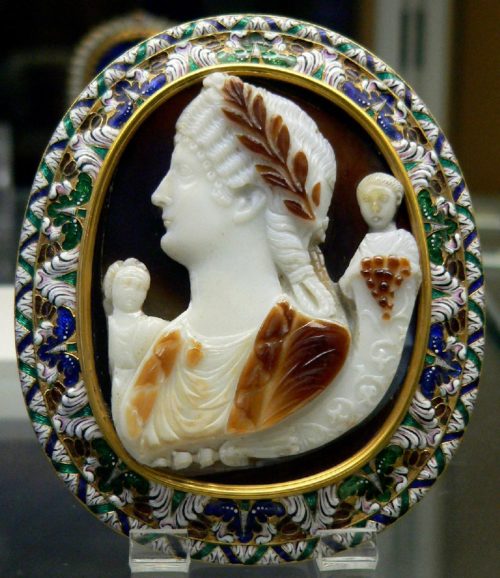
Interesting facts about lapis lazuli
Since ancient times, people have endowed lapis lazuli with special properties. Figurines and ornaments made of lapis lazuli were placed in the pyramids of the pharaohs. In the first half of the 9th century BC, ornaments in the palace of the Assyrian king Asur-Nazir-Khabala were painted with a bright blue paint obtained from this mineral.
Lapis lazuli was widespread in all countries of the Ancient World. Scientists suggest that then the source of the mineral was a deposit in the territory of modern Afghanistan. Lapis lazuli is still mined in this country – the volume of annual production is over 500 tons. The work is done in primitive ways in winter, so lazurite from Afghanistan is usually more expensive than from other countries.

Lapis lazuli is a mascot stone for doctors. In ancient times, it was part of many medicines. For example, in ancient Egypt, a mineral was ground into powder and eye drops were prepared from it. Skin diseases were treated with a mixture of lapis lazuli powder, pomegranate juice and honey. They say that lapis lazuli in jewelry helps their wearer get rid of melancholy, improve sleep and overall health.
In our country, pectoral crosses found on the territory of the Moscow Kremlin are considered the most ancient lapis lazuli products. At the beginning of the XIII century, the invasion of the hordes of Khan Batu destroyed the city. Two crosses of lapis lazuli and marble, framed in gold, were buried in a pit-cache in the basement of the Cross Chamber.

It was believed that lapis lazuli saves from radiculitis, so Empress Anna Ioannovna ordered a plate of this mineral to be inserted into the back of her chair and spoke of this remedy as very effective.
Even Aristotle wrote that it is difficult to distinguish a real lapis lazuli from a fake stone. And now it is difficult even for specialists to identify a fake from chalcedony. The examination is carried out using a strong magnifying glass or by the smell of hydrogen sulfide, dissolving the powder from the mineral in nitric acid. The best stones are lazurites of juicy blue, blue-violet and deep blue colors.




